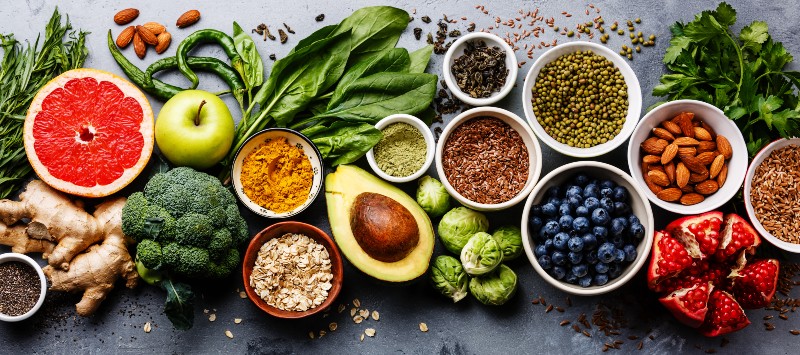“Food is medicine.” What does that phrase really mean? While it lacks a universal definition, it generally encompasses the age-old concept that nutritious food can augment traditional medical care and improve individuals’ health outcomes. Though many attribute the quote, “let food be thy medicine, and let medicine be thy food,” to Hippocrates, it seems he may not have said this after all. Despite questions around the origin of the quote, he did consider nutrition to be a key tool for physicians to leverage in treating illness. Yet, it isn’t a highly utilized tool in western medicine today.
Why hasn’t something so logical been integrated into practice?
Why isn’t healthy food easier to access, more affordable, or frequently prescribed by providers as a solution to our health’s ills?
There is no shortage of opinions as to why a “food is medicine” approach hasn’t gained greater popularity in our medical model. A recent Health Affairs piece highlights that it’s the lack of incentives and presence of subsidies; plus the fact that providers aren’t educated in nutrition, which cause current “food is medicine” efforts to fall short. Analyses from The Washington Post argue the opposite side of the subsidies coin, claiming that it definitely is not the subsidies that lead us to consume less healthy food.
Other research from STAT highlights that we must overcome two key barriers for “food is medicine” to take hold: 1) the lack of good evidence around treating disease with food, and 2) regulations that prevent insurers from offering food benefits to members.
The truth is that “food is medicine” likely hadn’t taken off due to a combination of all of these factors. And subsidies alone certainly don’t explain the whole issue. At the root of it all is a much harder problem to tackle: the health care industry’s value network, or the collection of and interactions between entities, regulations, and stakeholders within which business models must operate. In this situation, various organizations and stakeholders within the value network are working at odds with one another.
All hope is not lost: The promise of partnership ecosystems
Tackling something with complex, interconnected parts is always more challenging than simply addressing one module of the system or value network. But to be effective in this case, we need to look at the bigger picture.
At the Institute, we uncovered a similar finding in our research on organizations that address drivers of health (DOH). In our report, You are what you treat, we highlight the power of a key business model resource: the partnership ecosystem. In harnessing this resource, organizations that are effectively addressing DOH—of which, access to healthy food is a critical one—are able to improve health outcomes and lower the cost of care delivery.
Since publishing that report, we’ve seen other out-of-industry leaders take a key role in amassing these partnership ecosystems and engaging needed stakeholders in the health care value network. Instacart is one example.
Earlier this fall, Instacart forged a partnership with Alignment Health to roll out a co-branded Medicare Advantage plan in 2024. Fierce Healthcare reported that the new benefits will “include a $500 quarterly allowance for ‘essentials’ that the health plan will offer to dual eligibles to spend on food as well as to pay for gas, utilities and home safety items.” The plan will provide $50-$100 in quarterly grocery allowances, and free delivery on all Instacart orders over $35.
Making “food is medicine” core to our health care practice model
This is a good start, but is it truly enough? Given the price of food, I question whether this amount of money will make a meaningful difference in health outcomes. It may not if the reason seniors are not purchasing food is due to the cost. However, if the issue is more about transportation to the grocery store and accessibility of food nearby, delivery from Instacart may well make a sizable impact.
Forging partnerships across the health care value network to increase access to, and affordability of, healthy foods is a key step in fueling the “food is medicine” movement. Other health care players (i.e., providers, payviders, etc.) should consider the following steps to fuel this progress:
- Build out partnership ecosystems and align various stakeholders within the value network (i.e., more partnerships akin to the Instacart-Alignment one)
- Increase the amount of funding that insurers put towards this, which will require engagement from regulators and reassessment of current regulations
- Measure the impact of “food is medicine” payments to bolster research support for healthy food coverage
Healthy food is good for our minds and bodies. Hippocrates knew this to be true, and so do we. Next, we must align the stakeholders within the health care value network in a way that will allow our actions to align with our knowledge.



